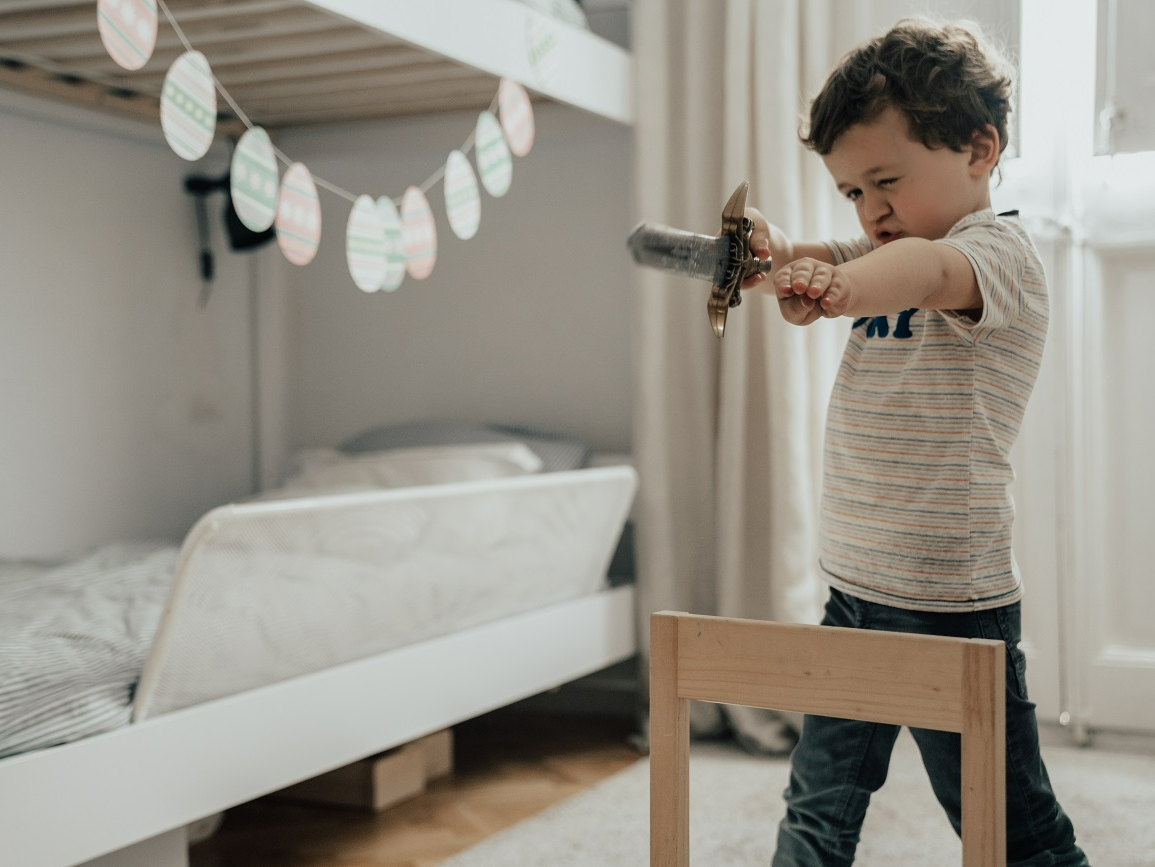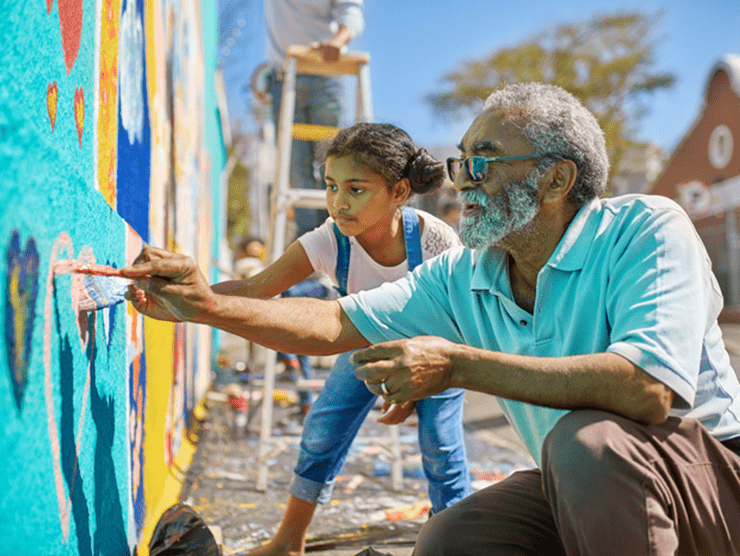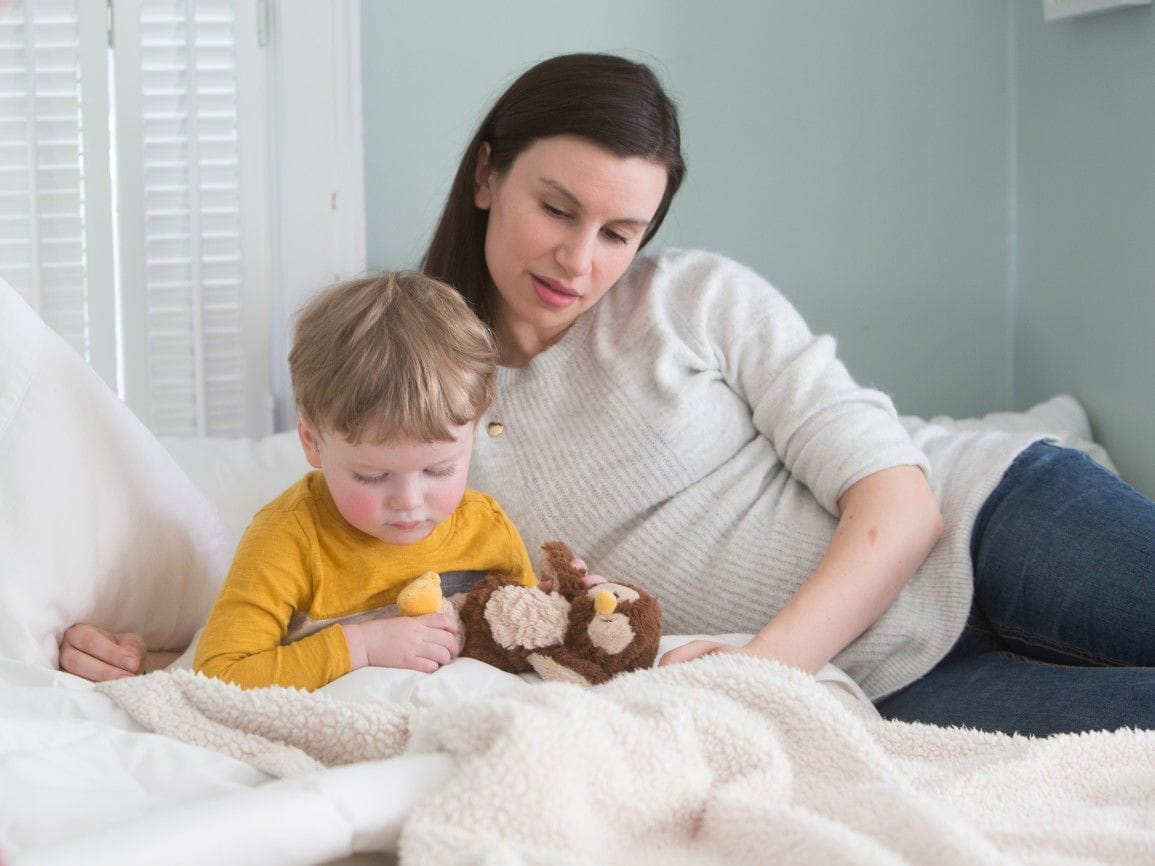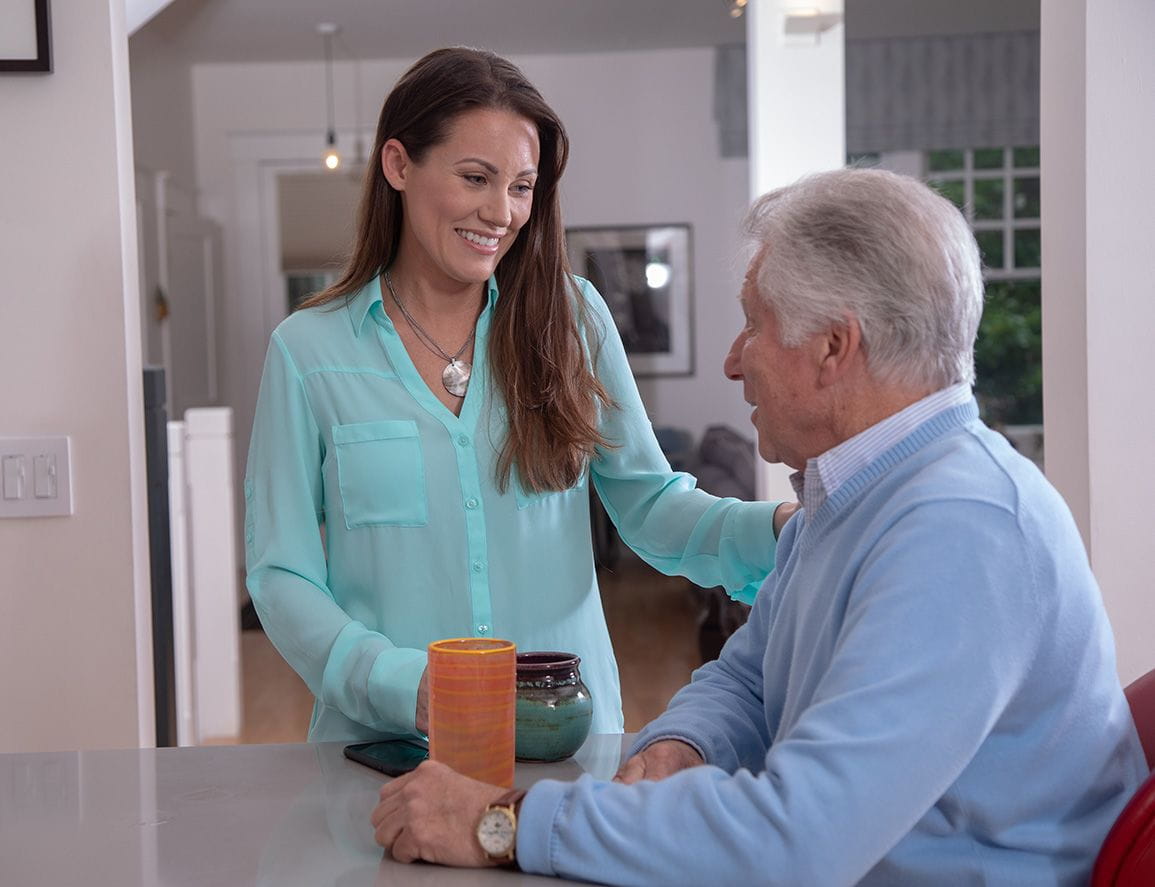Almost every parent has wondered how to respond when children act out violent play themes. First, know that there’s a reason why children act out aggressive themes, and you can use these moments to teach healthy skills and attitudes.
Why do children engage in weapons play or rough play?
- Through play, children work through a variety of issues that they find scary or frightening, such as bad dreams, violence, or current events.
- Children have a developmental need to feel powerful and strong.
- For some children, weapons are a normal part of their lives, e.g. children of service members or police officers.
How can parents respond?
Be sure to observe carefully to learn more about where your child’s motivation comes from.
- Are children imitating something they have seen in the popular media or on the news?
- Are children using gun play to solve a problem or a conflict?
- Are children integrating gun play into imaginative play?
First, calmly stop the current violent play.
Talk to your child about what you see. “I notice that you are using guns. Can you tell me about that?”
Share a few (developmentally appropriate) facts about guns and violence to help your child understand the severity of their use:
- Guns are powerful machines. They are never for children. Police use them to protect us. Parents may also have a gun for protection. Just as young children can’t drive cars or use power tools, young children should never, ever touch a gun.
- In cartoons, movies, and television shows, characters sometimes use guns but they don’t seem to get hurt. In real life, guns can really hurt people.
- Children may have heard that guns are bad and assume that all people that have guns are bad (particularly problematic in this situation). Share with children that many good people have guns, such as police, security officers, and others. These people use guns to keep us safe.
- Children might see a gun that looks like a toy. Even a gun that looks like a toy can be dangerous. Children should walk away from it and tell a grownup.
Next, have some discussion to lead to some alternative solutions for the immediate situation.
- How else could you stop the robber?
- How else could you help the dog?
- What superpowers could you use that do not hurt anyone’s body or feelings?
- How could you work together to solve the problem?
Continue to teach your child social skills while honoring their need to feel powerful in play.
The concept of a superpower is enticing. Discuss what types of superpowers exist within us all that are unrelated to violence, e.g., the power to solve problems, think creatively, or build something.
- Offer activities for your child to use power and strength, e.g., climbing, jumping, and building.
- Guide play skills. Children often have limited play schemes based on cartoons and action figures. Try using children’s literature to broaden children’s “play library.” Favorite picture books and folk tales can offer new ideas for role play.
ADDITIONAL RESOURCES
- Children’s lives are marked by change. But what should you do when that change includes stressful situations, turbulent times, and tragic events? Originally created in response to 9/11, and updated in 2020 in response to the pandemic, the “What Happened to My World?” book helps parents and caregivers understand how children process troubling world events and offers strategies to help children cope.





